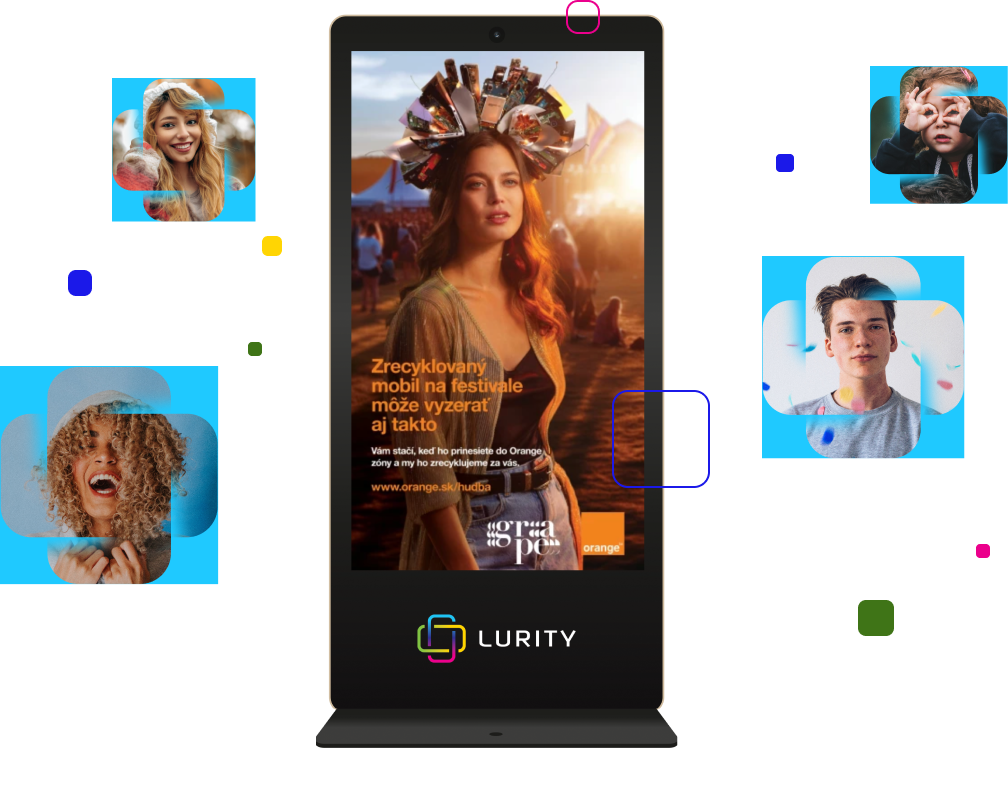Have you decided to run an advertising campaign? Maybe you're a smaller business that needs to promote the opening of a new location or you're trying to make yourself known to your target audience. Or maybe you're a large company trying to raise the profile of a product you've just launched. Regardless of the size of your campaign, media selection is a key part of your marketing strategy.
The standard premise may be to use some form of traditional media alongside an online campaign. After all, adults spend almost 10 hours a day watching a mix of media throughout the day: TV, radio, internet, newspapers and magazines and encounter up to 360 ads a day!!
Although these statistics suggest the possibility of reaching every individual, the chances of your ad breaking through the "media noise" can be quite low with the wrong choice of media, media strength or frequency. In fact, of those 360 ads that someone will see, only about 150 of them, or only about 40%, will actually get noticed, and far fewer of them will actually lead to sales.
This is called advertising blindness - and it's a serious issue for all marketers. Consumers, consciously or subconsciously, tend to "block out" ads on their own. We often don't pay attention to commercial breaks on TV. On the web, our eyes tend to ignore the sides of web pages and go straight to the middle of the page. We "miss" banner ads and even when searching on Google, we sometimes skip the first few results. On the internet, only 1 in 7 users remember the last ad they saw - and only 1 in 5 users who remember an ad thought it was at all relevant.
The most reliable way to overcome advertising blindness is to offer contextually relevant and engaging content. And digital out-of-home (or digital out-of-home or DOOH for short) advertising is one of the best mediums to do this. That's because people outside the home are alert and curious, constantly scanning their environment for something new and interesting - and digital displays grab their attention.
Examples of clever use of digital out-of-home: a pharmaceutical company promoting allergy medication used DOOH signage to display the number of pollen grains for a given location at a given time, providing viewers with useful information targeted based on their environment.
Even very simple campaigns built on DOOH alone deliver exceptional results with good tactics - a jeans brand looking to raise awareness of a new product launch saw an 80% increase in store traffic within 2 weeks of launching its 5-week advertising campaign across 41 locations.
What are the advantages of digital out-of-home advertising compared to other media, for example?
The main advantage of DOOH advertising is its high targeting. Unlike selecting a broad geographic area (as with TV and radio) and unlike selecting psychographics (as with print media such as magazines), you can select the individual screens you want to advertise on, which means you can target exactly the customers you want and in exactly the environment you want them in. In addition to targeting, a digital out-of-home with its advertising displays can often give you access to a curious audience. Whether it's customers waiting to checkout at the grocery store, at the gas pump, or sitting in the waiting room at the doctor's office, where this advertising reaches customers who are literally hypnotized by the advertising display.
Breaking advertising blindness
Digital out-of-home thus has some strong differentiators in the world of advertising, and it is also effective. Research says that DOOH can break through advertising blindness like no other medium. In fact, people out-of-home are 2x more attentive and highly likely to be ready to act. This advantage adds up to 2.5x compared to time spent in front of a TV screen at home.
However, not all media are the same. Outside the home, you still have to compete with people's phones for their attention, which static outdoor media like billboards and various advertising boards do.
Yet digital out-of-home coupled with dynamic content can compete for attention with phones in pockets. That's why the return on ad sales (ROAS) for DOOH ads is 40% higher (US) than digital search and 14% higher than print advertising.
Conclusion: when you're planning a campaign, definitely include digital out-of-home formats. There are a number of digital screen formats and networks available today, and you can choose based on where your target audience is located as well.
Visit our portal.lurity.com and create such a campaign yourself. You can choose from shopping malls, medical centers and waiting rooms at doctors or fitness centers.
Information resources:
https://www.mediadynamicsinc.com/uploads/files/PR092214-Note-only-150-Ads-2mk.pdf
http://www.theprimaladvantage.com.au/
Photo by Mathias Arlund on Unsplash
Try it effectively



